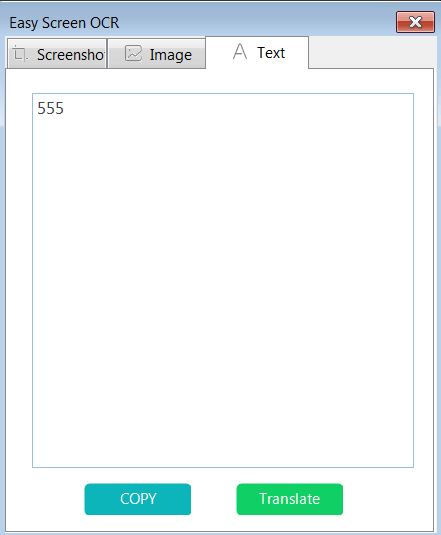

The package included in the Ubuntu repository was much smaller in size. However, the flatpak build came with all four supported OCR engines though it downloaded around 2GB data. Note that in my testing, OCRFeeder installed from Ubuntu repositories came with only one OCR engine. A universal flatpak package is also available here. You can install it in other Linux distributions from default repositories through the package manager. To install Tesseract OCR in Ubuntu, use the command specified below: Tesseract OCR comes with multiple detection engines and you can use them according to your needs depending on the installation method. You can also use your own trained data if you need a custom solution or you can get more models from third parties. It comes with a set of pre-trained data that can be used to identify and extract text. It can detect text in many languages with good accuracy. It provides command line tools as well as an API that you can integrate in your own programs. Sponsored by Google, and maintained by many volunteers, it is probably the most comprehensive OCR suite available out there that can even beat some paid, proprietary solutions. Tesseract OCR is a free and open source OCR software available for Linux. This technique is specially used to digitize old documents into PDF format. Superimposed text allows you to read content in original print and format but also allows you to select and copy text. Most OCR software can extract text into separate files, though some also support superimposing a hidden text layer on original files. Manual edits can be made later to improve accuracy further and create one-to-one replicas.

Sometimes the identified text may not be 100% accurate but OCR software removes the need for manual edits to a great extent by extracting as much text as possible. These OCR software are especially useful for converting and preserving old documents as they can be used to identify text and create digital copies. For instance, an OCR software can identify text from images, PDF or other scanned documents in digital file formats using various algorithms and AI based solutions. An optical character recognition (OCR) software attempts to detect text content of non-text files whose content cannot be selected or copied but can be viewed or read. This article will cover a list of useful “Optical Character Recognition” software available for Linux.


 0 kommentar(er)
0 kommentar(er)
